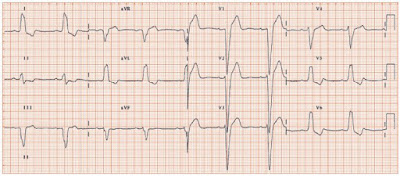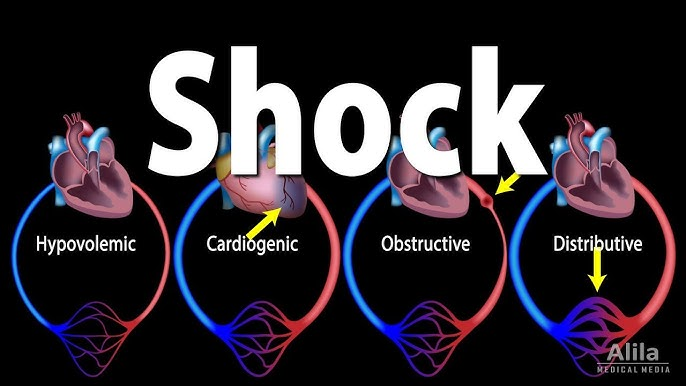States of Acutely Altered Consciousness.

Coma : Closed eyes, sleeplike state with no response to external stimuli (pain). People have no corneal or gag reflex, and they may have no pupillary response to light. Stupor : Responsive only to vigorous or painful stimuli by grimacing or drawing away from painful stimuli. Obtunded : A person has a decreased interest in their surroundings, slowed responses, and sleepiness.













